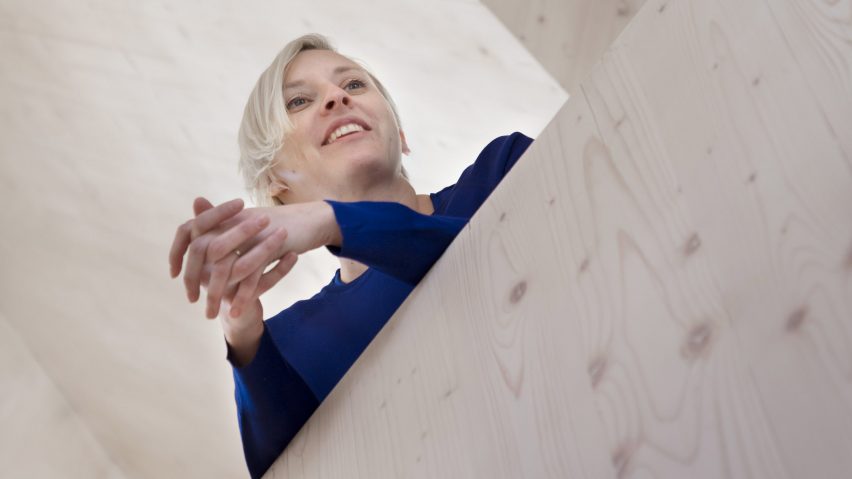
Six projects by designer Jennifer Bonner hailing from America's "dirty south"
Jennifer Bonner has ambitions to disrupt the American architecture scene by focusing on bizarre concepts and southern typologies. The architectural designer talks Dezeen through six of her projects, including an Atlanta house with a jagged roofline and a property that resembles a sandwich.
Jennifer Bonner spoke to Dezeen about her design process, following the news that she received this year's Architectural League Prize for Young Architects + Designers – an annual prize that recognises provocative work by young practitioners in North America each year.
"The prize reinforces my trajectory to push on a highly conceptual work alongside a built project," Bonner told Dezeen.
"I have been dedicated to building in the dirty south, and with the prize being based in the east coast, it kind of helps foreground that conversation," she continued.
Bonner, 39, was born in Alabama. She attended Auburn University's Rural Studio and Harvard GSD, before going on to work in Los Angeles and in London at Foster + Partners and David Chipperfield.
In 2009, she branched out and set up her firm Mass Architectural Loopty Loops (MALL). She is currently associate professor at Harvard University Graduate School of Design (GSD).
Bonner has amassed a portfolio of wonderful and playful designs that portray a commitment to the American south. Read on to learn more about six of Bonner's projects:
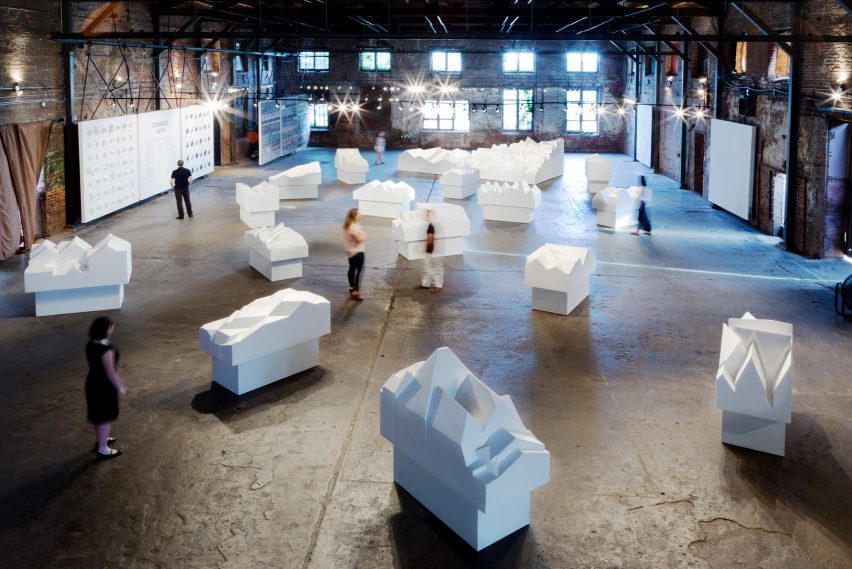
Domestic Hats
Domestic Hats is a conceptual project that Bonner designed for an exhibit in an Atlanta gallery. The project comprised large white foam models, intended to be representative of the rooflines of 50 different houses in the city.
"The idea was to take that conceptual work and try to build one-to-one," she said.
Roughly a dozen structures were built for the project, with gabled volumes appearing more like white mountain ranges than southern residential typologies.
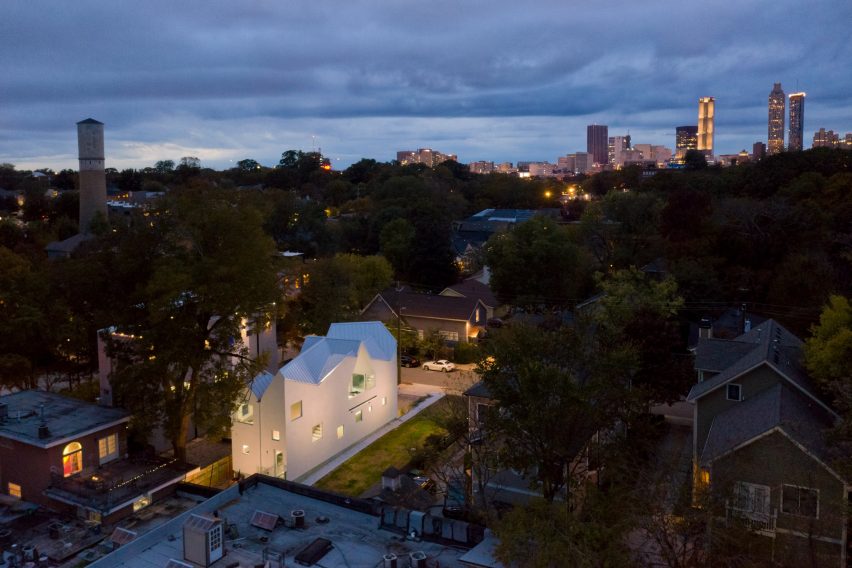
Bonner applied her research for the Domestic Hats project to the real world with this white house called Haus Gables.
The Atlanta residence has an intricate roof design with dozens of different pitches fused together with a white metal roof to match the exterior. It is "a copy-paste and distortion with all these different versions, and in these of roofs found in eight different neighbourhoods in Atlanta," she said.
"When I was teaching in Atlanta six years ago, it was super interesting," she added. "I tried to create a discussion with my work there, as a kind of feeling like I'm home in a way."
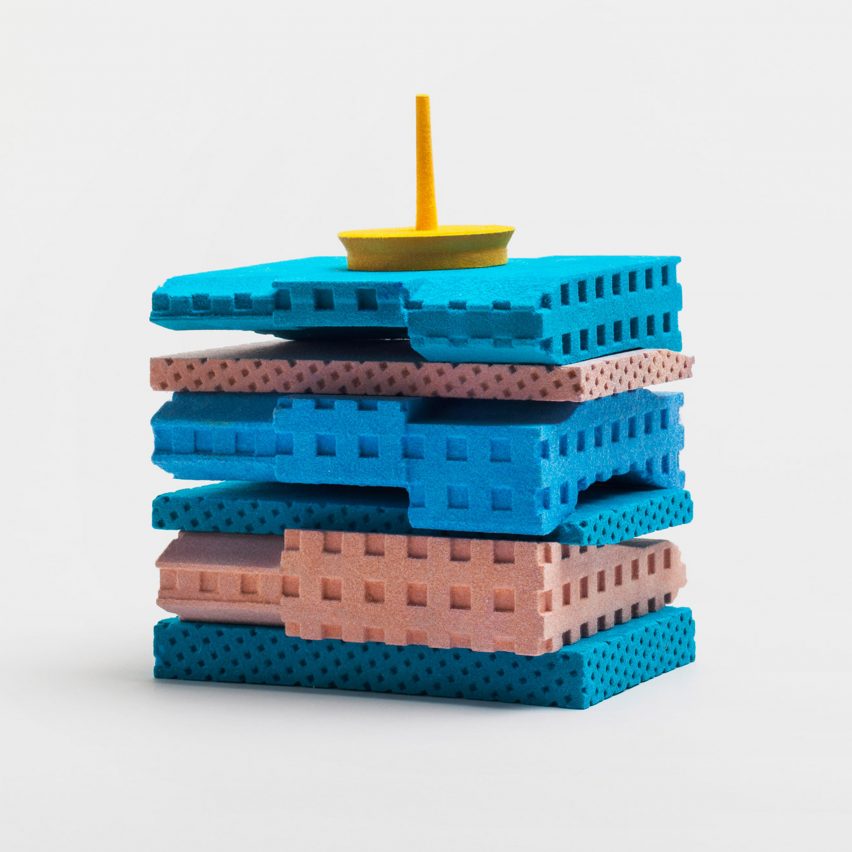
Best Sandwiches
This project, called Best Sandwiches, is another conceptual study developed by Bonner to explore floor levels as systems. It comprises a series of different coloured forms stacked together to create a structural volume.
The research project is a way of exploring layouts and internal programmes via spatial stacks.
"It's like little architectural models that look like sandwiches, like BLT or sub sandwiches," she said. "With one foot in academia and one foot in practice, I'm really interested in discovering highly conceptual bodies of work of research first."
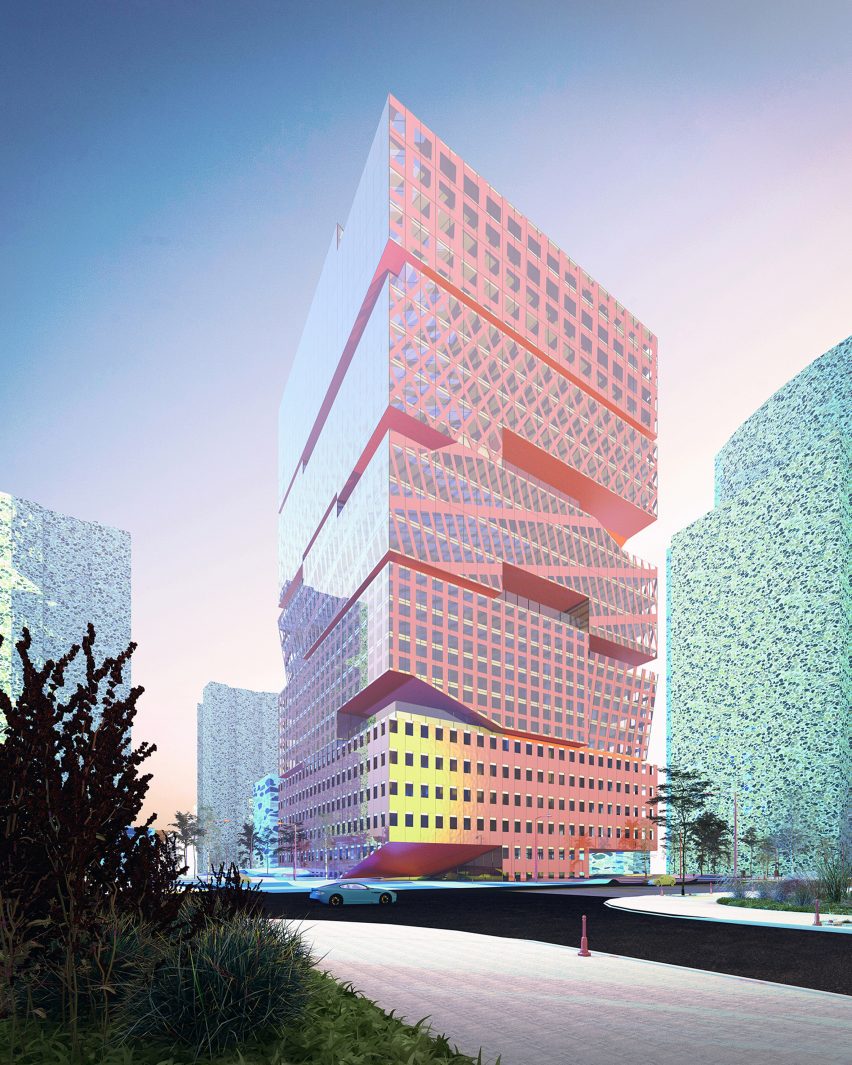
Office Stack
The study from Best Sandwiches is applied in a physical form with Bonner's Office Stack – a proposal for a mid-rise office tower in Huntsville, Alabama featuring differently designed levels.
Comprising a series of chunks with gaps in between, the stacks are differentiated with various windows and facade designs.
One of the models works off of a BLT sandwich – with bacon, lettuce and tomato as symbolic tiers – as each unique level helps signify internal functions. They can act as their own entities, with various floor combinations possible as well.
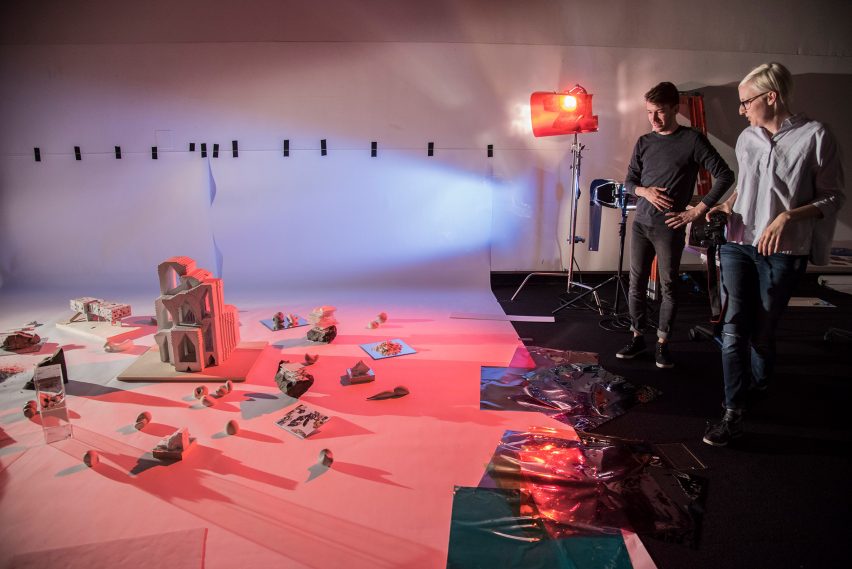
Still Life
In addition to teaching at GSD, Bonner is also the faculty editor of the school's publication, Platform: Still Life. She created visuals for the publication with students' works curated as still lifes, on specific topics and themes and cast with lots of colour.
Bonner turned to Barbara Casten's work in the 1980s with coloured gel photography, and collaborated with Boston-based food photographer Adam DeTour for the final creations.
"I'm very interested in demonstrating to students or architects about how we might use color and architecture," Bonner said. "We're deeply interested in putting forward new representations for architecture."
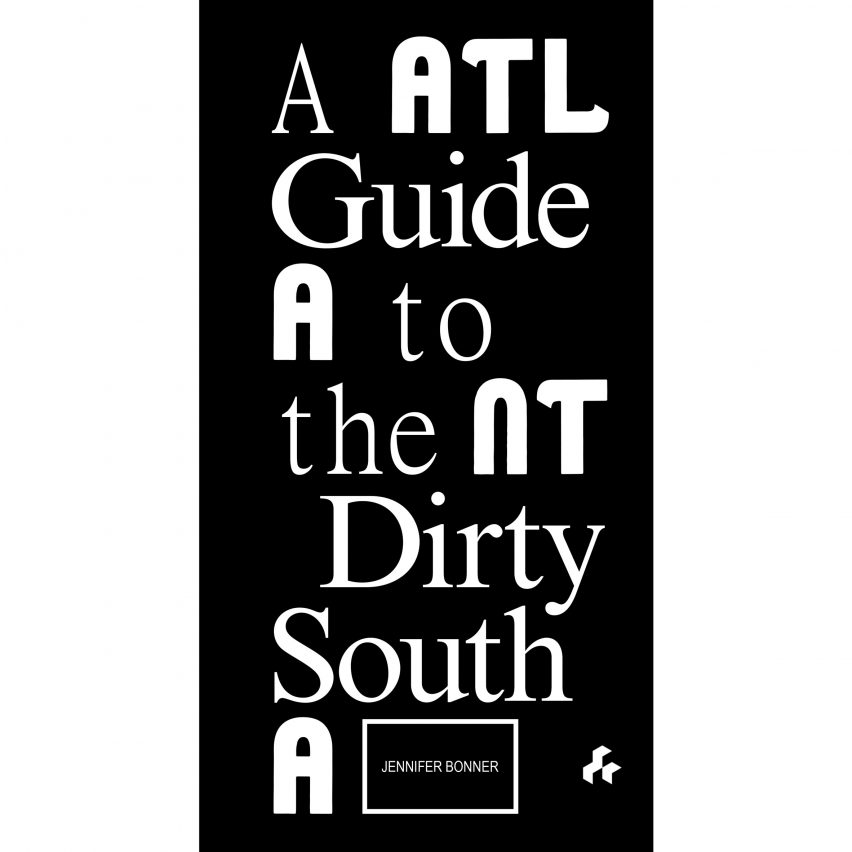
A Guide to the Dirty South: Atlanta
While teaching at Georgia Tech in Atlanta, Bonner and her students created a guidebook to the city. The publication studied the dichotomy between the east and west coasts of the US, particularly regarding rap music, and how the south is somewhere in between.
"There's clearly camps that identify with the east coast, and camps that identify with LA and the west coast," she said. "In the Dirty South, we tried to read the city [Atlanta] for strange urban patterns or architectures."
"We took cues from the rap industry, and how 'dirty south' emerged, with Goodie Mob and Outkast, and Goodie Mob coining the term," she said. "When they came on the scene, they kind of out-sold the record sales of the east to west coasts. I think that analogy holds true to architecture."